During the final decades of the 19th century, the Federal Government in Ottawa ordered a number of armouries built across Canada to train and maintain local volunteers and professional militia regiments. At the time, troops in Toronto were being trained in various venues throughout the city, rather than at a centralized facility. When the government ordered an armoury for Toronto, it was to be the largest such facility in Canada. Thomas Fuller, the Minister of Public Works and chief architect for the Government of Canada, was in charge of selecting the site and approving the design.
Toronto’s armoury was to be located on the east side of University Avenue, a short distance north of Queen Street West, and south of today’s Armoury Street. Thomas Fuller chose the solid Romanesque Revival style of architecture as it was suitably militaristic in appearance, similar to the great fortresses of ancient times. The above photo of the armouries is from the Toronto Archives, Fonds 124, Fl0001, Id 0064. The view is of its west facade, on University Avenue.
Built in 1891, the Toronto Armouries officially opened on May 17, 1894. Its inauguration was celebrated by a military tournament featuring different regiments—the Queen’s Own Rifles, 48th Highlanders, Royal Regiment, Royal Dragoons Toronto, and the Governor General’s Body Guard. The building had massively thick walls that were faced with red bricks and bonded with red mortar to create a continuously smooth appearance. Built on a solid foundation of Kingston limestone, the same type of stone was used as trim around the smaller windows and the huge arched windows on the west facade. The trim on the top of the towers, which were mediaeval in appearance, were also detailed with limestone.
In the interior of the armouries was a great drill hall measuring 280’ by 125’, with a ceiling that soared 72’ above the floor. The drill hall was sometimes used to host banquets and automobile, trade, and fashion shows. Included were offices for military staff, mess halls (dining areas), classrooms, and kit rooms (storage). In the basement there was a rifle range and a bowling alley to provide recreation for the men.
The Toronto armouries served as a training facility for troops that fought in the Boer War (1899-1902), the First World War (1914-1918), the Second World War (1939-1945), and the Korean Conflict. The Boer War was when Canadian troops first fought on foreign soil. During World War 11, because of the proximity of the armouries to Osgoode Hall, judges in the courtrooms complained that the gun salutes rattled the windows of their courtrooms causing them to fear for their safety.
However, by the 1950s, high-rise buildings increasingly dominated University Avenue. Despite efforts to preserve the armouries, the need for space to expand the law courts at Osgoode Hall was given priority. On the site today there are provincial courthouses and a historic plaque stating, “On this site stood the University Avenue Armouries, the home of famous Toronto Regiments of the Canadian Army and centre of Militia activities in Toronto from 1891 until it was demolished in 1963.”
The military activities functioned at the armouries on Fleet Street, which had opened in 1933. It was located a short distance to the southwest of Fort York. They remained there until the Moss Park Armouries at 130 Queen Street East were completed in the mid-1960s.
Site of the demolished Toronto Armouries.
Toronto Armouries c. 1890, University Avenue in the foreground. Photo from the Ontario Archives, 10001795.
Sketch of the Toronto Armouries dated 1893, from the collection of the Toronto Public Library, r-5511.
Postcard dated 1909, from the collection of the Government of Canada.
The Toronto Armouries after 1900, City of Toronto Archives, Fonds 1568, Item 0220.
Auto show in the drill hall of the armouries in 1912, Toronto Archives, Fonds 1244, Item 0052.
The north facade of the armouries in 1913, City of Toronto Archives, Fonds 1244, Item 0050a.
Crowds at the armouries in 1914, as troops depart for overseas. The view looks south on University Avenue. Toronto Archives, Fonds 1244, Item 7666b.
A banquet held in the drill hall in 1918, for the veterans of World War 1, photo from the Toronto Public Library r-5769.
View of the west and south facades of the armouries in 1931, Toronto Public Library collections r-5518.
Aerial view of the west and south facades of the armouries in 1938, Photo from the Ontario Archives, 10004015.
View gazing north at the west side of University Avenue in 1913, across from the armouries. Toronto Archives S0372, Item 0248.
The armouries on Fleet Street in 1934. This building was employed until the Moss Park Armouries were completed in the mid-1960s. Toronto Archives, Fonds 1231, Item 0593.
The armouries on Fleet Street in May 2013.
Sources for this post:
torontoplaques.com — urbantoronto.ca – torontohistory.net –“A Toronto Album 2: Glimpses of the City That Was” by Mike Fily – “Lost Toronto” by William Dendy.”
To view the Home Page for this blog: https://tayloronhistory.com/
A link to view posts that explore Toronto’s Heritage Buildings:
https://tayloronhistory.com/2014/01/02/canadas-cultural-scenetorontos-architectural-heritage/
A link to view previous posts about the movie houses of Toronto—historic and modern.
The publication entitled, “Toronto’s Theatres and the Golden Age of the Silver Screen,” was written by the author of this blog. It explores 50 of Toronto’s old theatres and contains over 80 archival photographs of the facades, marquees and interiors of the theatres. It relates anecdotes and stories by the author and others who experienced these grand old movie houses.
To place an order for this book:
Book also available in Chapter/Indigo, the Bell Lightbox Book Shop, and by phoning University of Toronto Press, Distribution: 416-667-7791 (ISBN 978.1.62619.450.2)
Another book, published by Dundurn Press, containing 80 of Toronto’s old movie theatres will be released in the spring of 2016. It is entitled, “Toronto’s Movie Theatres of Yesteryear—Brought Back to Thrill You Again.” It contains over 125 archival photographs.
A second publication, “Toronto Then and Now,” published by Pavilion Press (London, England) explores 75 of the city’s heritage sites. This book will also be released in the spring of 2016.
![f0124_fl0001_id0064[1] f0124_fl0001_id0064[1]](https://tayloronhistory.com/wp-content/uploads/2016/01/f0124_fl0001_id00641_thumb.jpg)

![Ont. Ar. c. 1890 I0001795[1] Ont. Ar. c. 1890 I0001795[1]](https://tayloronhistory.com/wp-content/uploads/2016/01/ont-ar-c-1890-i00017951_thumb.jpg)
![TRL. 1893 pictures-r-5511[1] TRL. 1893 pictures-r-5511[1]](https://tayloronhistory.com/wp-content/uploads/2016/01/trl-1893-pictures-r-55111_thumb.jpg)
![postcard 1909, Gov. of Canada v3_c1_s05_ss05_01[1] postcard 1909, Gov. of Canada v3_c1_s05_ss05_01[1]](https://tayloronhistory.com/wp-content/uploads/2016/01/postcard-1909-gov-of-canada-v3_c1_s05_ss05_011_thumb.jpg)
![after 1900, f1568_it0220[1] after 1900, f1568_it0220[1]](https://tayloronhistory.com/wp-content/uploads/2016/01/after-1900-f1568_it02201_thumb.jpg)
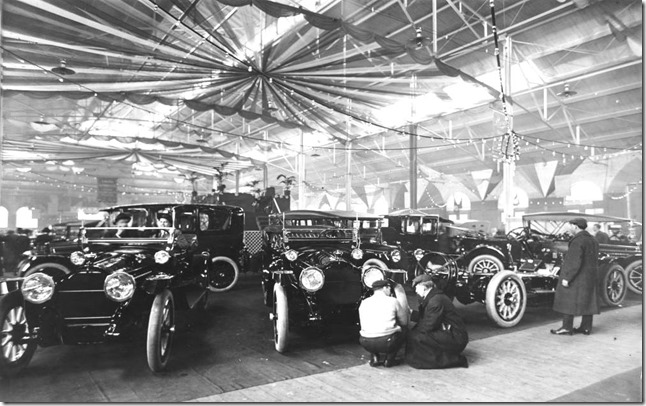
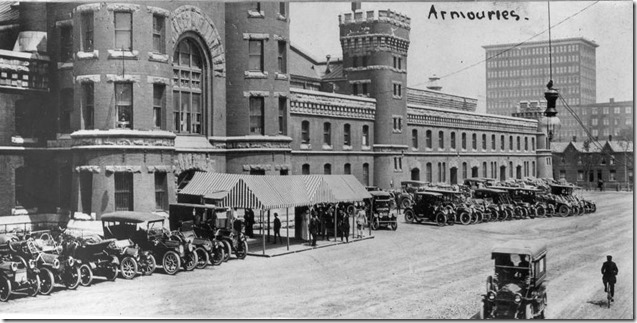
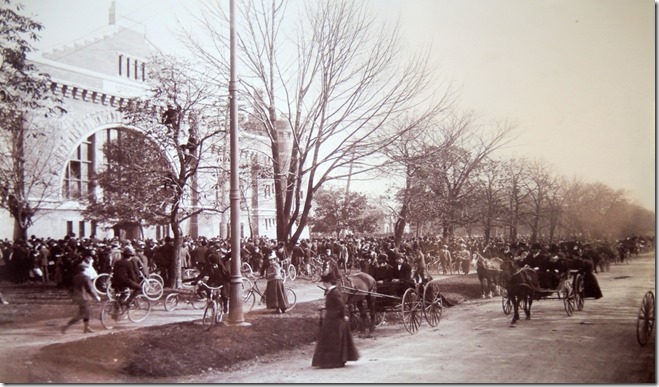
![dinner for returned troops, 1914-18 pictures-r-5769[1] dinner for returned troops, 1914-18 pictures-r-5769[1]](https://tayloronhistory.com/wp-content/uploads/2016/01/dinner-for-returned-troops-1914-18-pictures-r-57691_thumb.jpg)
![TRL 1931 pictures-r-5518[1] TRL 1931 pictures-r-5518[1]](https://tayloronhistory.com/wp-content/uploads/2016/01/trl-1931-pictures-r-55181_thumb.jpg)
![Ont. Ar. 1938 I0004015[1] Ont. Ar. 1938 I0004015[1]](https://tayloronhistory.com/wp-content/uploads/2016/01/ont-ar-1938-i00040151_thumb.jpg)
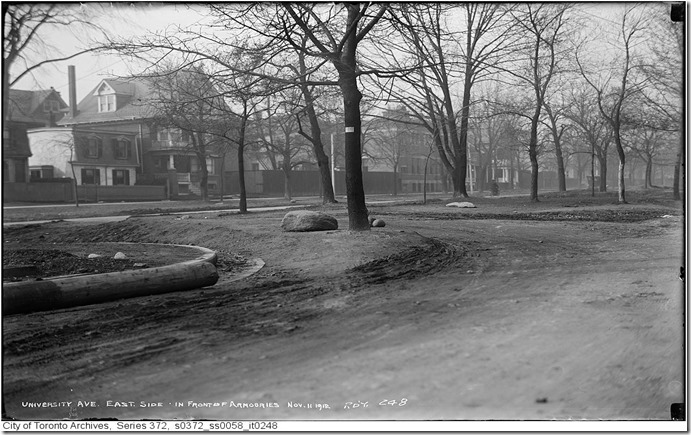
![new armouries, 1934 f1231_it0593[1] new armouries, 1934 f1231_it0593[1]](https://tayloronhistory.com/wp-content/uploads/2016/01/new-armouries-1934-f1231_it05931_thumb.jpg)

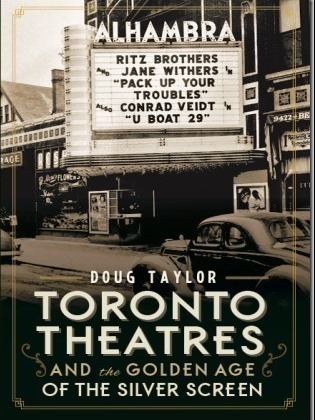


Wonderful post but just want to point out that University Avenue armouries were replaced by Moss Park armouries, not Fleet Street armouries. Fleet Street was just one of three locations used as a temporary home by the University Avenue militias until Moss Park was completed in 1966.
The above post is correct in that Moss Park Armoury replaced the University Ave Armoury.
However some of the existing Militia Units were “housed” in an old shabby office building on the south side of Richmond St just west of Church St for almost 3 years which almost decimated the ranks. Those few volunteers who stuck it out while waiting for Moss Park to materialized we’re never really appreciated!
I enjoyed reading your blog entry on the history of the Armoury. Thanks for sharing.